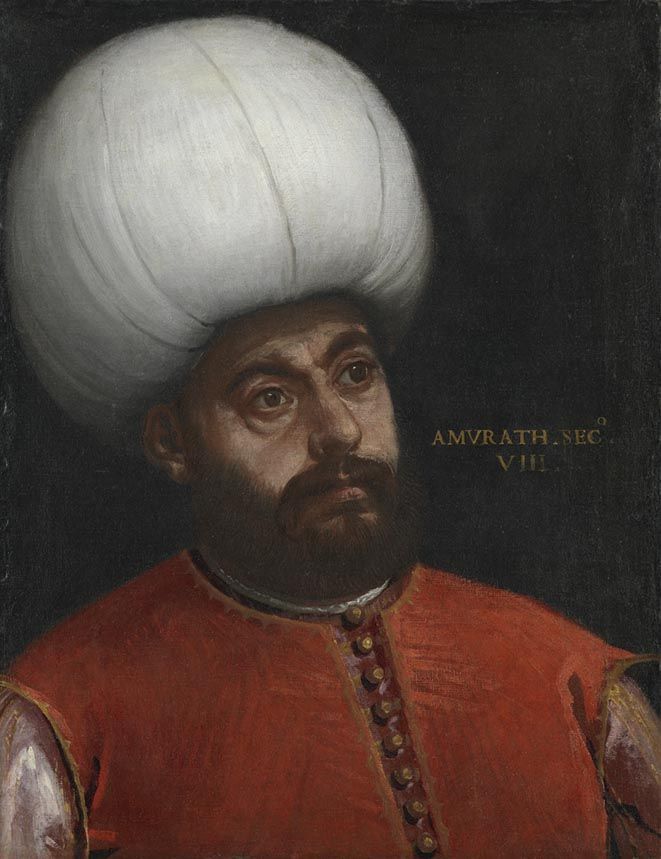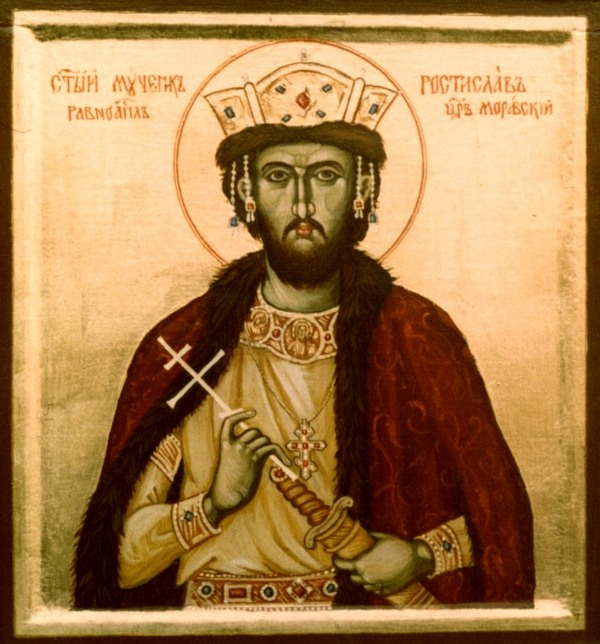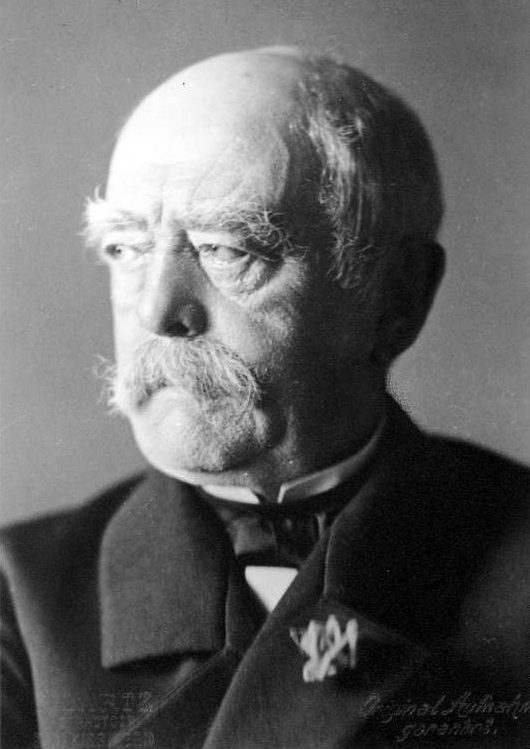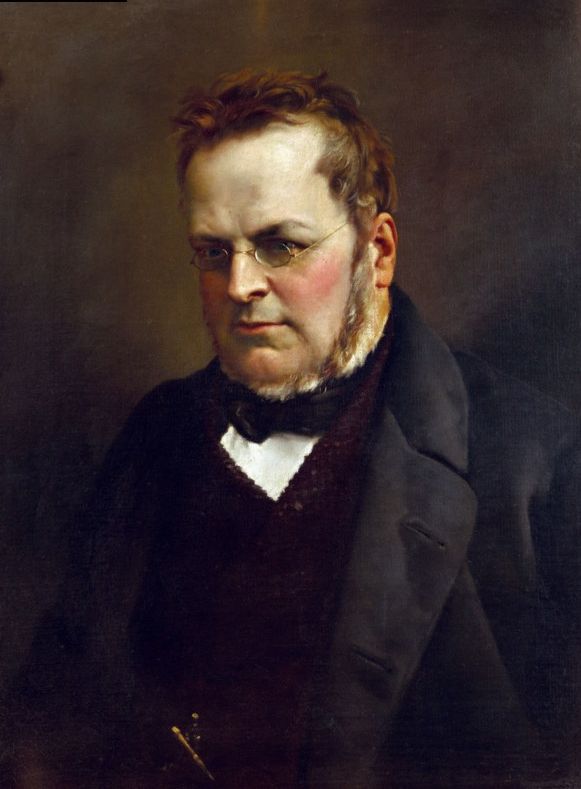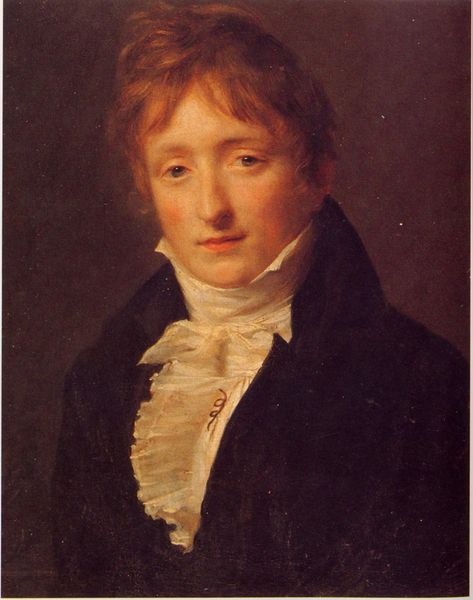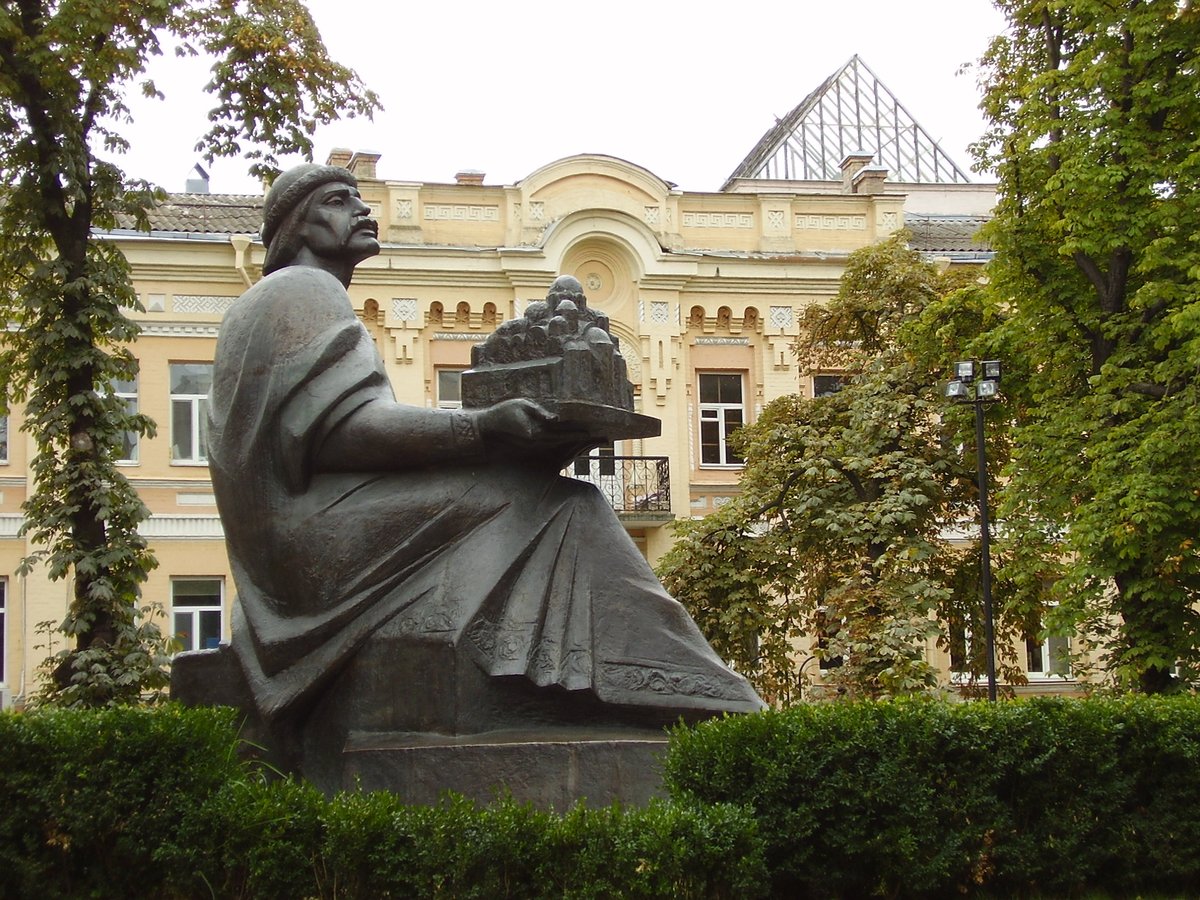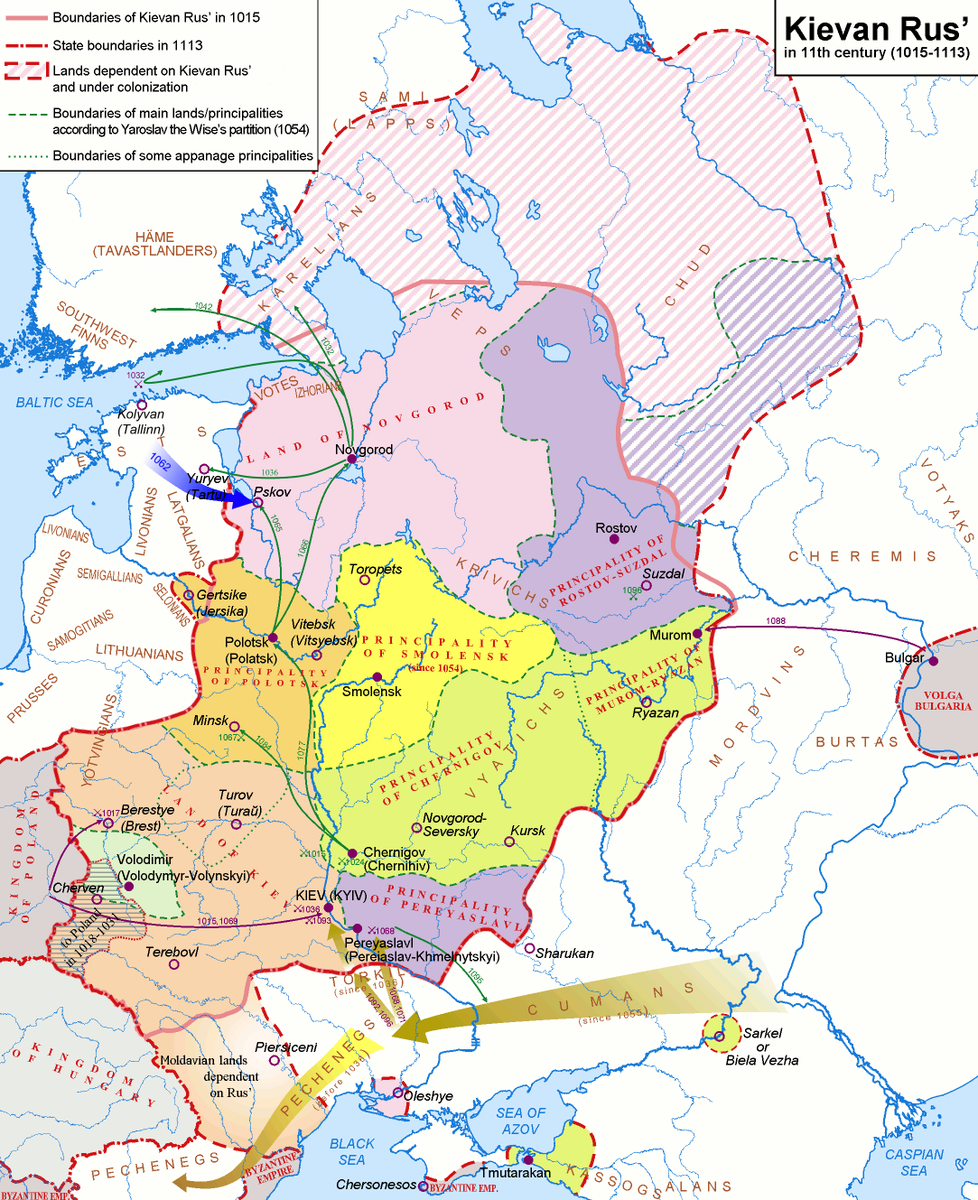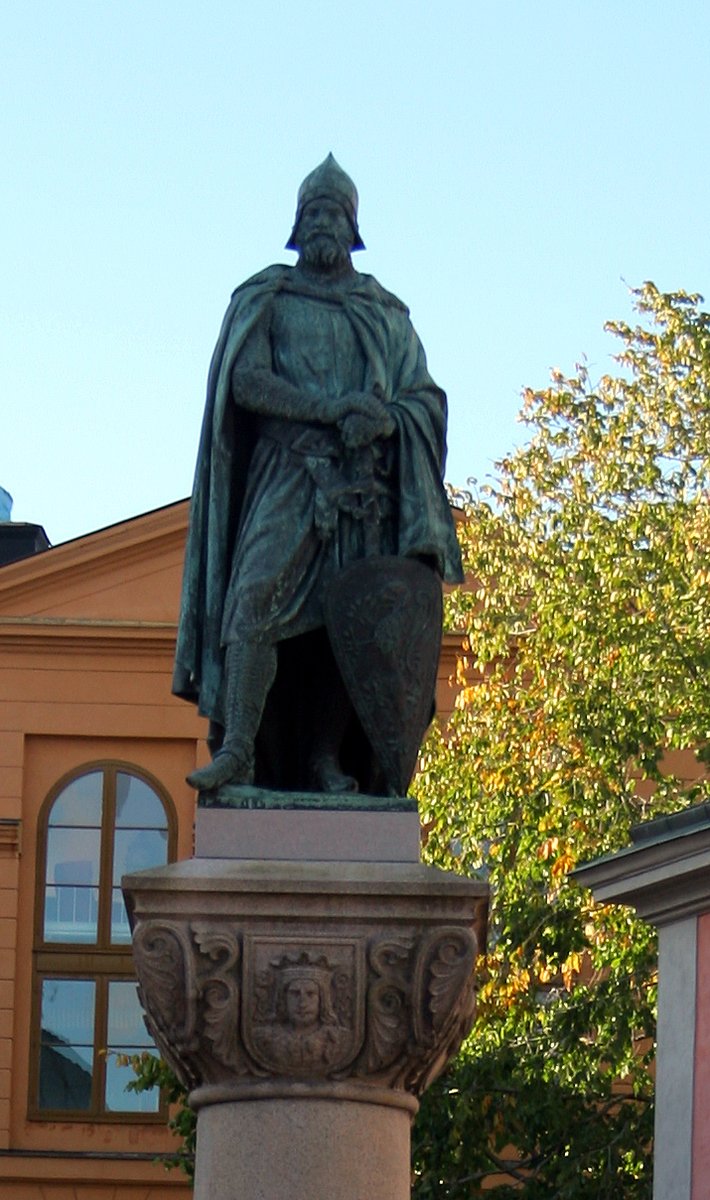A fragmented Kingdom with warring Queens.
An infant Prince who becomes King.
A King who reunites his nation, only for it to be broken up again.
Story in the evening ...
An infant Prince who becomes King.
A King who reunites his nation, only for it to be broken up again.
Story in the evening ...
https://twitter.com/Arby_K/status/1489425979961339904
Clothaire was born in 584 to Chilperich, King of the Franks, and Fredegund. Not long after his birth, his father was killed, making Clothaire the king of the part of the Frankish realm that he ruled. He had inherited the smallest of the three Frankish Kingdoms - Neustria. 1/10 

In 561, Clothaire's grandfather and namesake had died dividing the Frankish Kingdom into four. Chilperich, who was the youngest, received a Kingdom around Soissons, which contained the core area that the senior Clothaire had inherited in 511. 2/10 

In 567, the eldest, King Charibert, died without male heirs and his Kingdom was divided amongst his brothers. By then, King Chilperich and his elder brother, King Sigebert, had married Visigothic princesses, Galswintha and Brunhild respectively. 3/10 

But things weren't well between King Chilperich and his wife. The King abandoned his wife in 568 and apparently arranged for her to be killed. He then married his mistress, Fredegund. This sparked a tussle between the two Queens, Brunhild and Fredegund. 4/10 

By the time Clothaire was born, King Sigebert had been assassinated and Clothaire's elder half brothers had died either in battle or with the involvement of their step mother, Fredegund. When Clothaire became King, his mother was in charge of his Kingdom. 5/10 

Clothaire's position became a bit more precarious when in 587 Brunhild's son, Childebert became the heir to the remaining part of the Frankish Kingdom. By 592, King Childebert had reunited the Frankish realm except for Neustria, which was ruled by Clothaire. 6/10 

War came swiftly in 593, but Neustria prevailed, with King Clothaire nominally leading the army. His luck turned better when his cousin died in 596 and his Kingdom got divided between his sons. Fredegund saw an opportunity and defeated Brunhild's grandsons. 7/10 

A subsequent effort by King Clothaire in 599 ended in a disaster and led to Neustria almost being swallowed up by his rivals. Fortunately for Clothaire, Theodebert and Theoderich now went in battle against each other, likely on the instigation of their grandmother. 8/10 

Clothaire managed to recover Neustria by 612, while Theoderich gained at his brother's expense. But Theoderich died in 613, making his son, Sigebert, the new King, and his great grandmother, Brunhild, regent. This led Frankish nobles to switch over to Clothaire. 9/10 

In 613, Clothaire reunited the Frankish Kingdom. In 623, his son, Dagobert, succeeded in Austrasia, while younger Charibert received only Aquitaine on Clothaire's death in 629. But the civil war saw royal power reduce substantially, while nobility gained at their expense. 10/10 

• • •
Missing some Tweet in this thread? You can try to
force a refresh


